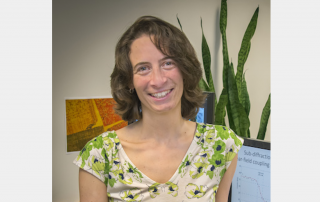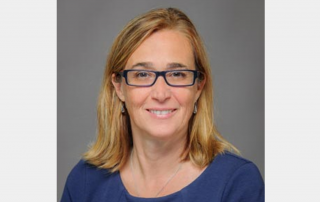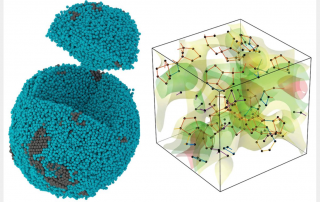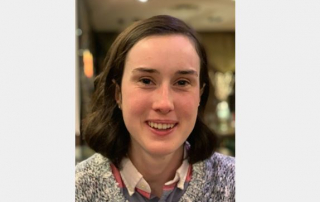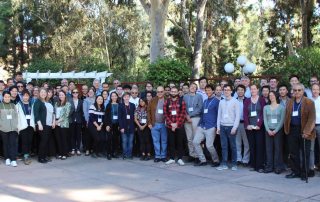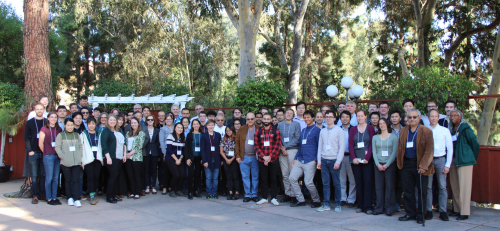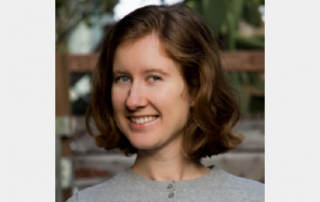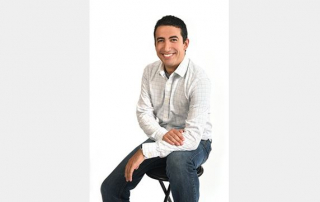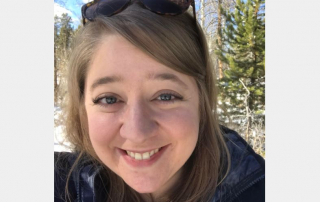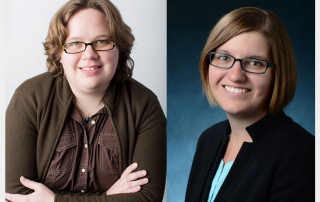Congratulations to Mary Scott for Being named the Ted Van Duzer Endowed Professor in the UC Berkeley Department of Materials Science & Engineering
Congratulations to Mary Scott for Being named the Ted Van Duzer Endowed Professor in the UC Berkeley Department of Materials Science & Engineering. This professorship supports the work of a “promising non-tenured Professor in the College of Engineering”. The award also comes with financial support for Professor Scott’s research and students. The professor is named for Professor Ted Van Duzer, who is currently a Professor Emeritus in the Department of Electrical Engineering and Computer Sciences at Berkeley. Congratulations to Professor Scott for this wonderful and highly-deserved honor.

